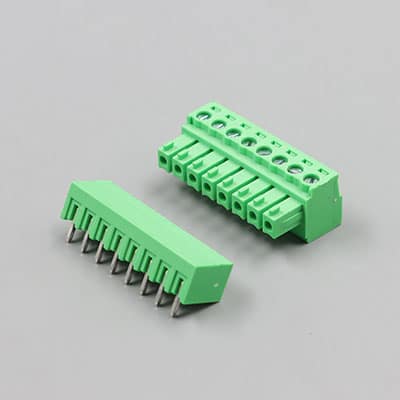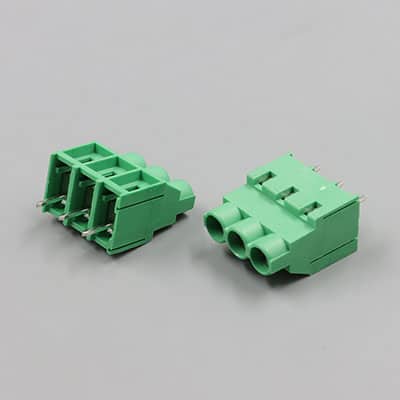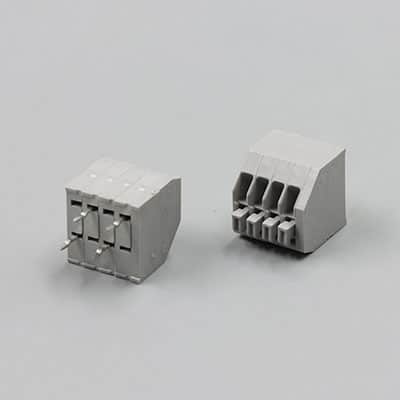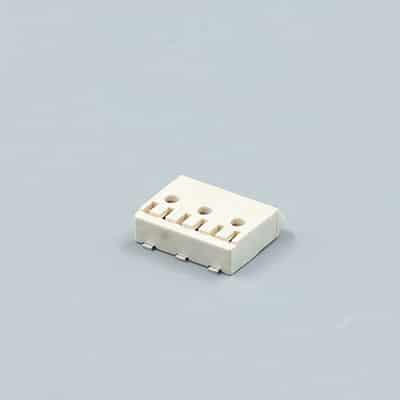There are many types of PCB terminals, the most common of which are pluggable terminal block, screw terminal block, spring terminal block, IDC terminal block and push in terminal, which is an electrical connection method mainly used for PCB boards. For applications that require frequent maintenance or replacement, PCB terminal block connectors can be used more easily and flexibly. If you didn’t find the PCB terminal blocks you want, welcome to contact us for help.
A terminal block is an essential electrical connector used to join or terminate multiple wires together. It provides a safe and organized way to manage electrical connections in various applications, from industrial machinery to home appliances.
Key Features of Terminal Blocks:
Connection of Wires: Terminal blocks allow for the connection of multiple wires without the need for splicing. The wires are clamped securely into place, creating a reliable electrical connection.
Modular Design: Terminal blocks are often modular, meaning they can be arranged in rows on a mounting rail (like DIN rail systems). This makes them scalable and easy to manage in control panels or wiring systems.
Types of Terminal Blocks:
- Screw-Type: The most common type, where wires are fastened by tightening screws.
- Spring Clamp: Uses spring pressure to hold the wire in place, providing faster installation.
- Push-In: Allows wires to be inserted directly without tools, offering a quick and secure connection.
Safety and Insulation: Terminal blocks are typically made from materials that provide electrical insulation, ensuring safety in high-voltage or high-current applications. They also include features such as barriers or dividers to prevent short circuits.
Versatility: These connectors are available in various sizes, configurations, and current ratings to meet specific application needs, from low-power electronics to heavy-duty industrial equipment.
Labeling: Terminal blocks can be easily labeled for identification, helping with circuit organization and reducing errors during maintenance or troubleshooting.
Applications:
- Industrial Automation: Used in control panels to connect sensors, relays, and other components.
- Power Distribution: Terminal blocks help distribute power from a single source to multiple outputs.
- Building Wiring: They are commonly used in electrical systems for connecting and organizing wiring in commercial or residential buildings.
In summary, terminal blocks provide a reliable, safe, and organized method for connecting wires, making them a crucial component in many electrical systems.



